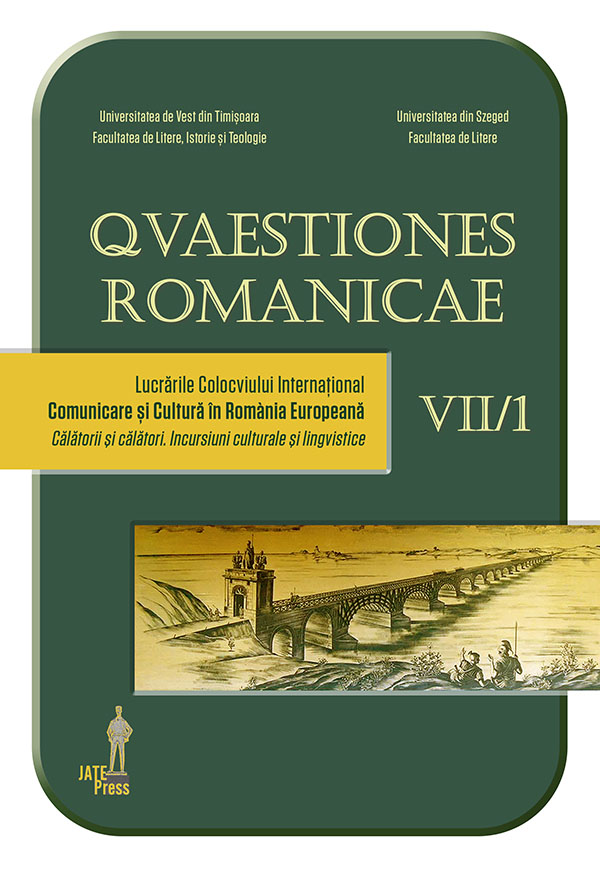Traseul marin în epopeea vergiliană
Abstract: (The Sea Pathway in Vergil’s Epic Poem) Characterized by dynamism and adventure, Vergil’s epic poem tells the story of a voyage, a difficult initiating journey which began on Troja’s shores (Trojae [...] ab oris) and headed towards Italy and Latium’s coast (Italiam [...] Lavinjaque venit/ Litora). The link between these landmarks is represented by the sea which served, in ancient times, as passageway to all corners of the world and thus, it came to play a significant role in the Latin epic universe. Associated with the notion of expedition and expressed lexically through a variety of synonyms (aequor, aestus, altum, aqua, caerŭla, fluctus, fretum, gurges, imber, mare, pĕlăgus, pontus, marmor, ocĕănus, profundum, sal, salum, unda etc.), the aquatic element in Vergil’s work presents itself as a protean entity, multi-faceted, suggestively illustrated by the Mantuan poet. There exists, on one side, a topos of the calm sea, favorable, which is depicted by means of terms evoking the azure, the clearness and the brightness of the marine horizon (caerŭla, marmor etc.). On the other side, there exists also a topos of the violent deep which becomes visible in extremely evocative descriptions of sea tempests (see fragments in books I, III, and V of the epic poem). Remarkable through these images, the Virgilian marines reveal an artist of fine nuances, captivated by the sea – a true Virgilius Maritimus, as titled by Eugène de Saint-Denis.
Keywords: voyage, sea, azure, tempest, description.
Rezumat: Plină de dinamism şi acţiune, epopeea lui Vergilius este povestea unui periplu, a unui traseu dificil, inițiatic, ce are ca punct de plecare ţărmul Troiei (Trojae [...] ab oris), iar ca ţintă, Italia şi limanul lavinian (Italiam [...] Lavinjaque venit/ Litora). Liantul între cele două puncte de reper este întruchipat de mare, care servea, în antichitate, drept cale de acces către diversele colţuri ale lumii și care a ajuns să joace un rol însemnat în universul poetic latin. Asociat cu noţiunea de călătorie şi concretizat lexical printr-o mare varietate de sinonime (aequor, aestus, altum, aqua, caerŭla, fluctus, fretum, gurges, imber, mare, pĕlăgus, pontus, marmor, ocĕănus, profundum, sal, salum, unda etc.), elementul acvatic se înfăţişează, în opera vergiliană, ca un element proteic, cu multiple feţe, cromatizate sugestiv de poetul mantuan. Există, astfel, un topos al mării calme, priincioase, care prinde contur cu ajutorul unor termeni ce evocă azurul, transparența și strălucirea orizontului marin (caerŭla, marmor etc.). Există însă și un topos al apei violente, care se regăsește în descrierile, extrem de expresive, ale furtunii pe mare (vezi fragmentele din cânturile I, III și V ale epopeii). Remarcabile prin imaginile create, marinele vergiliene dezvăluie un artist al nuanțelor, îndrăgostit de mare – un veritabil Virgilius Maritimus, cum îl numește Eugène de Saint-Denis.
Cuvinte-cheie: periplu, mare, azur, furtună, descriere.
